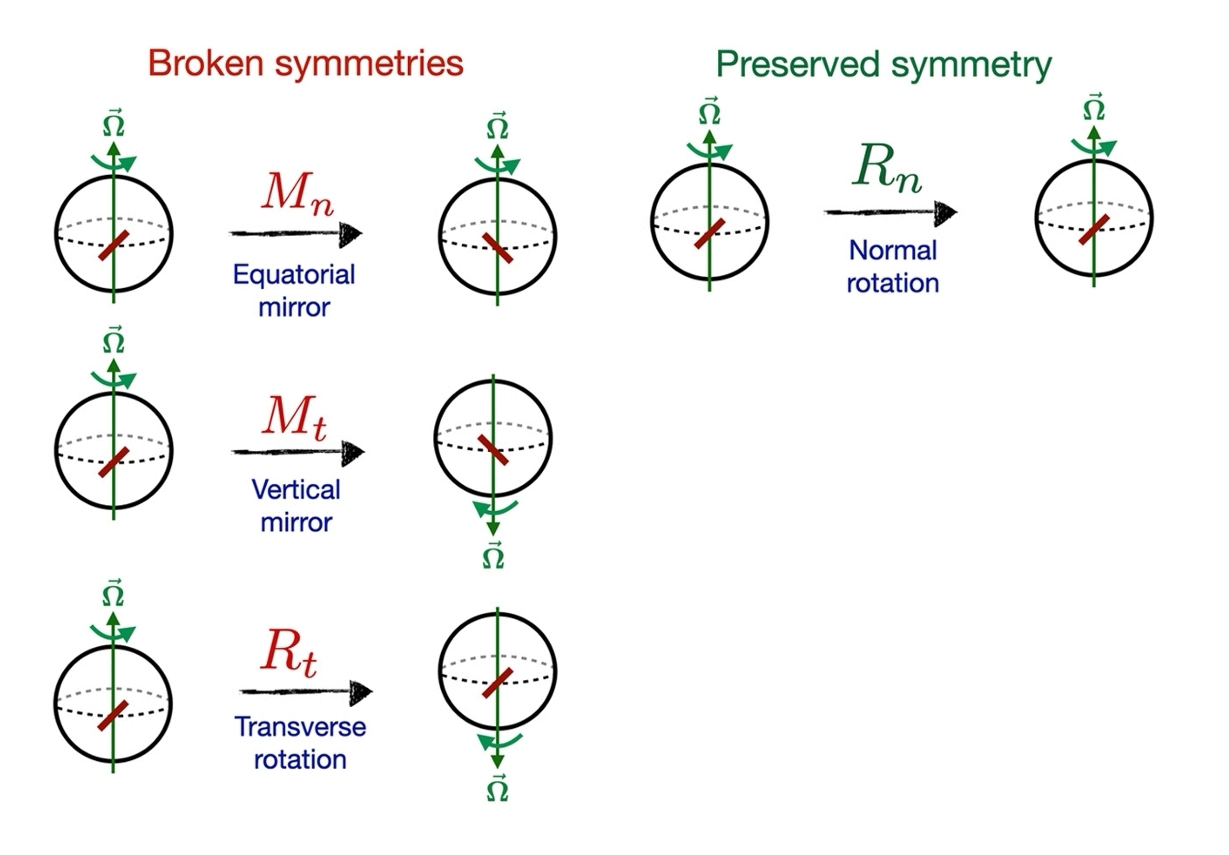AA << study a system of coupled pendula with diffusive interactions, which could depend both on positions and on momenta. The coupling structure is defined by an undirected network, while the dynamic equations are derived from a Hamiltonian; as such, the energy is conserved. >>️
<< The behaviour observed showcases a mechanism for the appearance of chaotic oscillations in conservative systems. For Hamiltonians with two degrees of freedom, it has been shown how chaos can emerge near a saddle-centre equilibrium possessing a homoclinic orbit. (AA) have seen that higher-dimensional systems having mixed equilibria, i.e., generalisations of a saddle-center where the eigenvalues are only imaginary and reals, also show chaotic behaviour close to those points. >>️
AA << complement the analysis with some numerical simulations showing the interplay between bifurcations of the origin and transitions to chaos of nearby orbits. A key feature is that the observed chaotic regime emerges at low energies. >>
️
Riccardo Bonetto, Hildeberto Jardón-Kojakhmetov, Christian Kuehn. Networks of Pendula with Diffusive Interactions. arXiv: 2408.02352v1 [math.DS]. Aug 5, 2024.
Also: pendulum, network, transition, chaos, in https://www.inkgmr.net/kwrds.html
Keywords: gst, pendulum, network, transition, chaos, bifurcation


